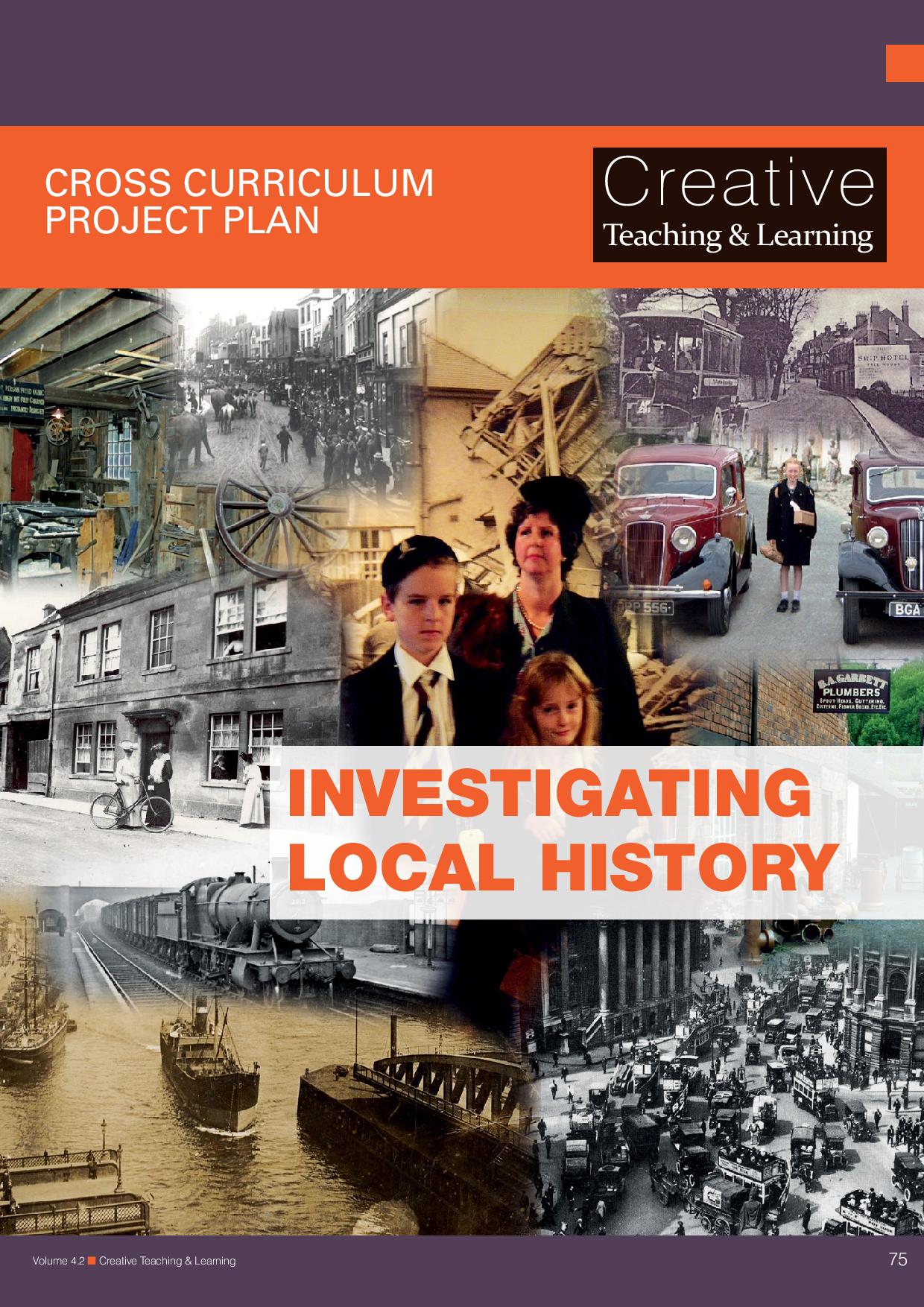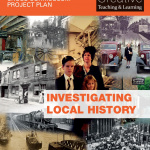The local area for any pupil across the country, and indeed the world, provides a rich source of information for historical investigation. The exploration of the immediate environment will reveal instances in which the people in the past have shaped elements of the present surroundings through settlement, farming, building, industrialisation and other activities.
The influence of the past is not confined to the physical and material world however. History can also reveal how our sense of identity – on a personal level and as a member of family, national and other communities – has been shaped by the cultural and social experiences of many different people in the past. Perhaps most important of all, history can help our pupils to begin to explore how people’s interpretations of the past can exert a powerful influence on their attitudes, beliefs and actions today.
For the purpose of this project, we have used a local legend from the Gower Peninsula in South Wales, the legend of Pennard Castle, as a ‘way in’ to developing a local history project. Local myths and legends provide a link to the history around us. They engage students with their local environment and fire up their imaginations. Of course, the legend of Pennard Castle will not be relevant to everyone – the activities associated with this text have therefore been designed to allow easy adaptation to any myth, legend or folktale from your own local area.
As your students progress through the activities in this project, they will build a detailed, although by no means complete, picture of their local area. They will use maps, photographs, trade directories and old advertisements. They will learn how their local high street has changed and developed over the years. They will discover how people – perhaps their own ancestors – lived, learned and worked.
The Local History Project Plan includes instructions, activity sheets, information factsheets, research resources and images to support the lesson plans and activities, suitable for Key Stages 2-3.





